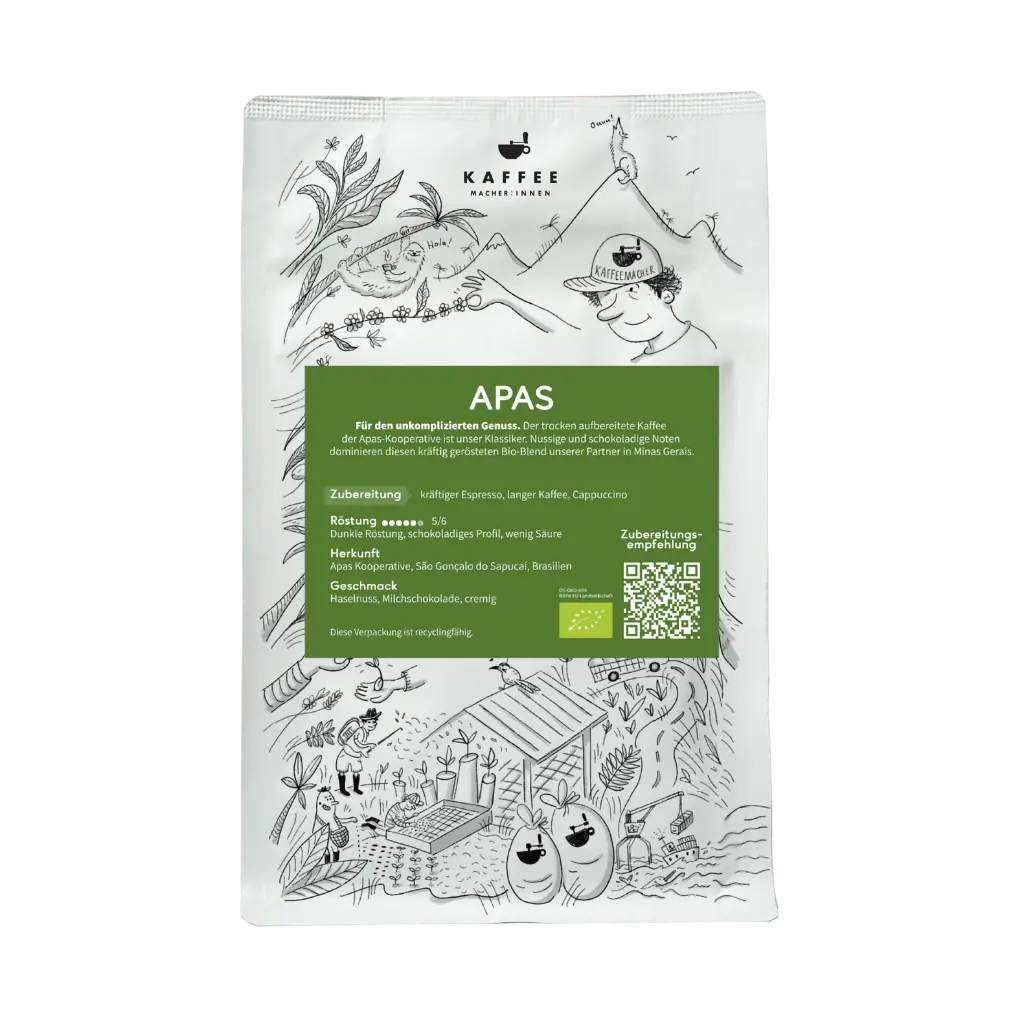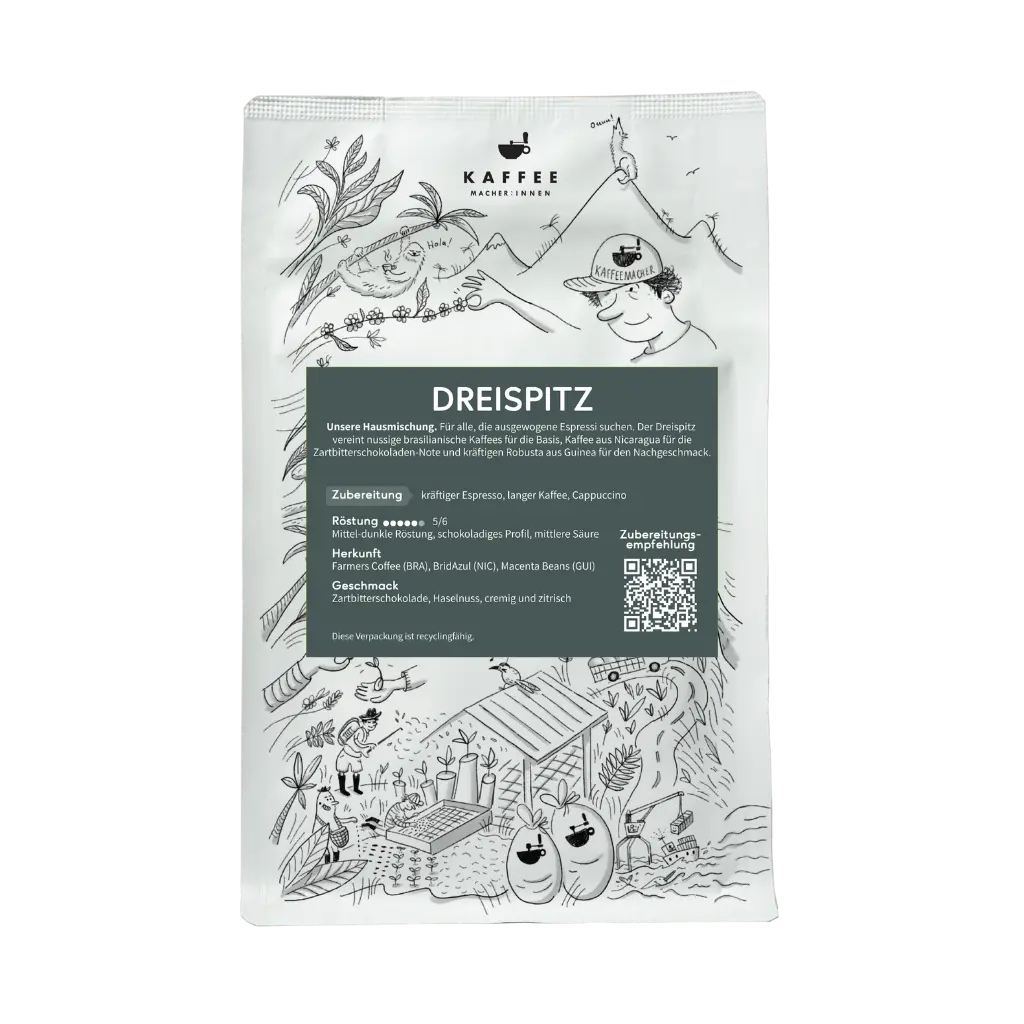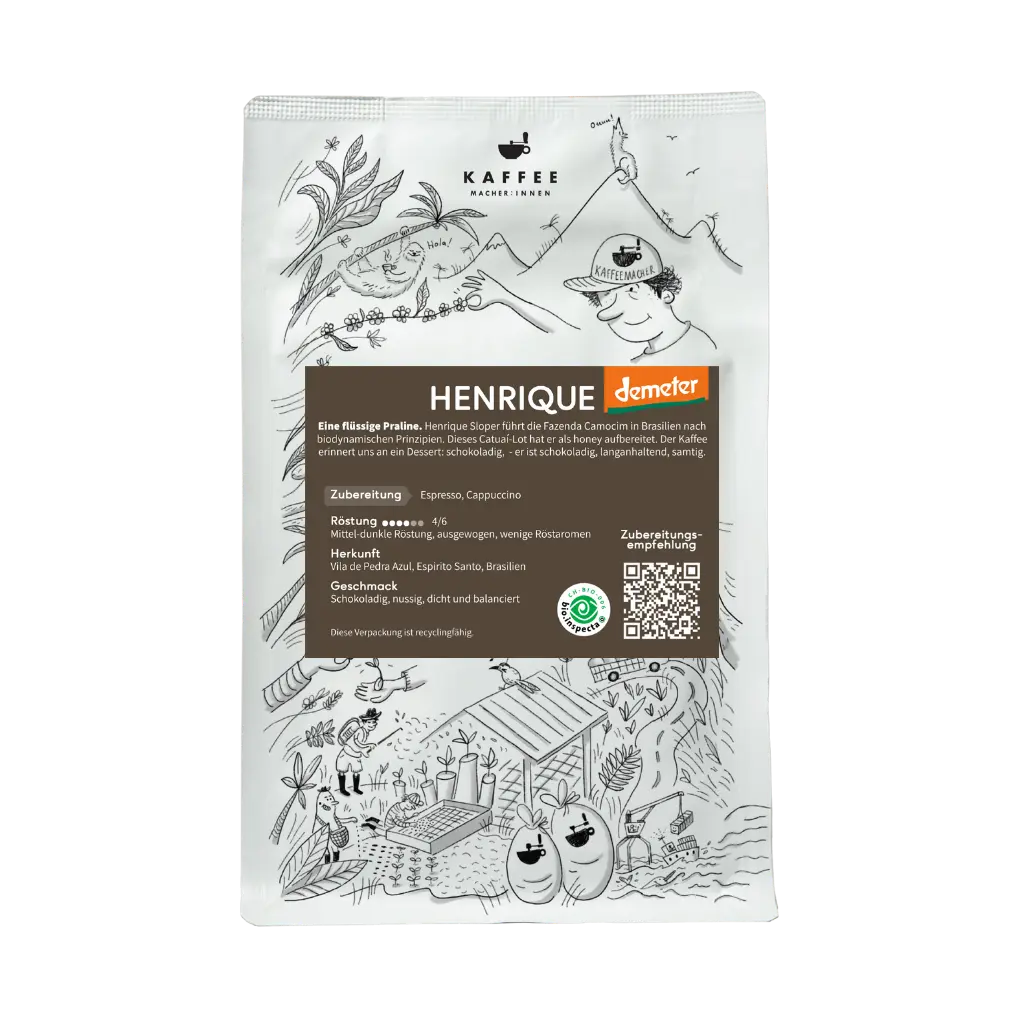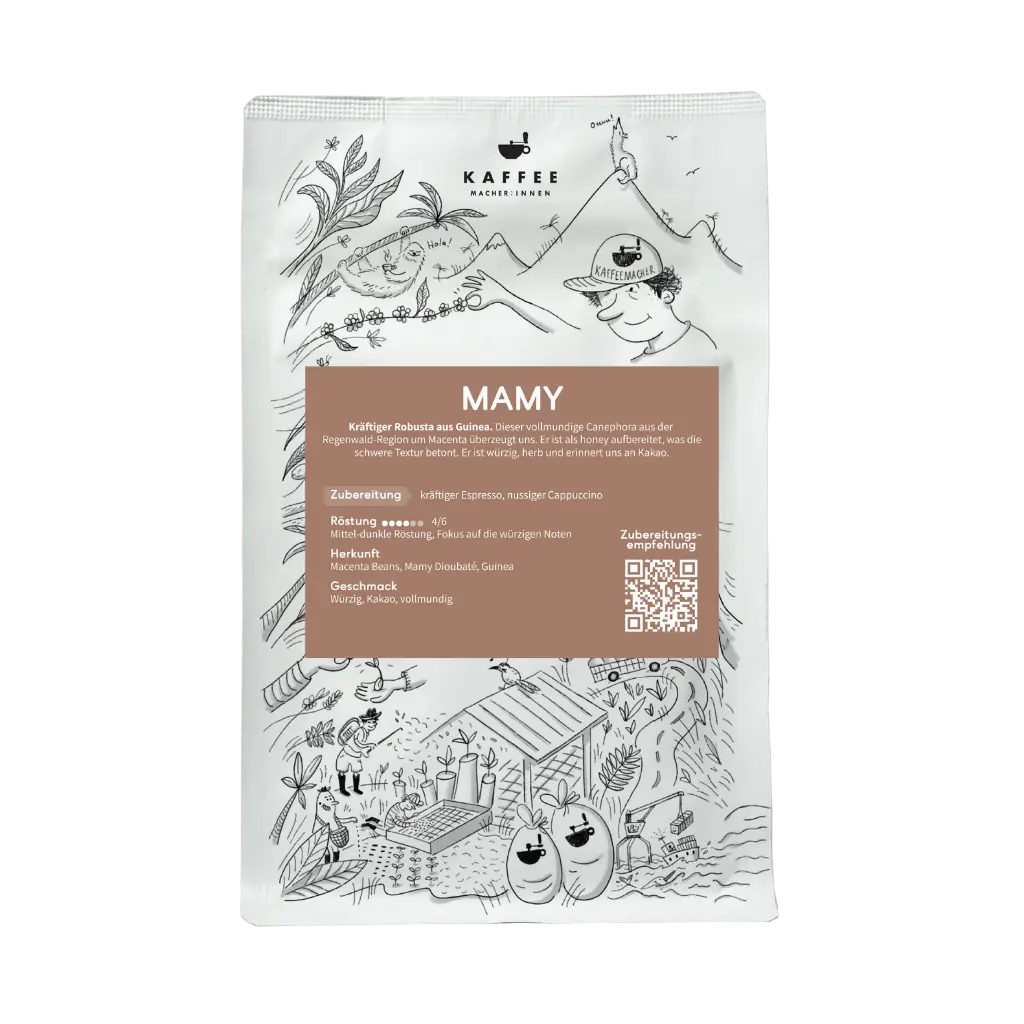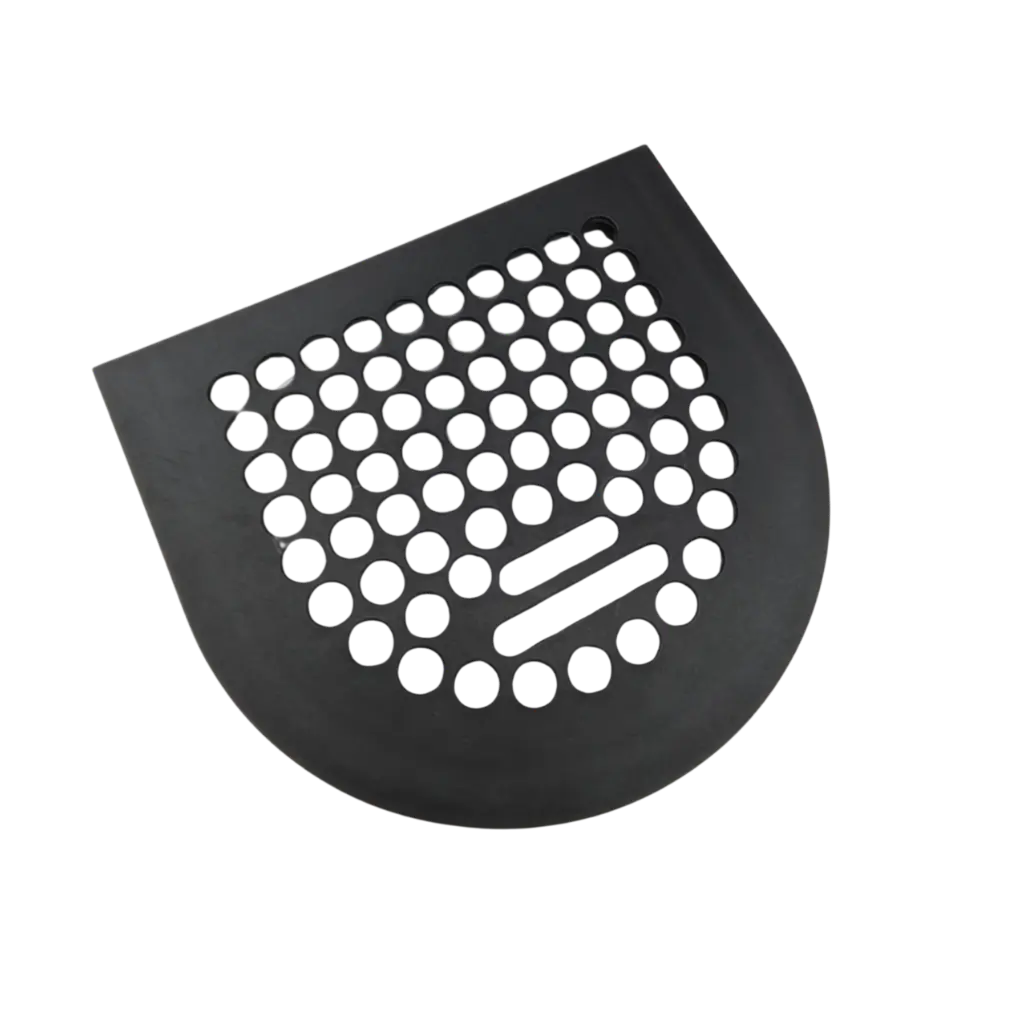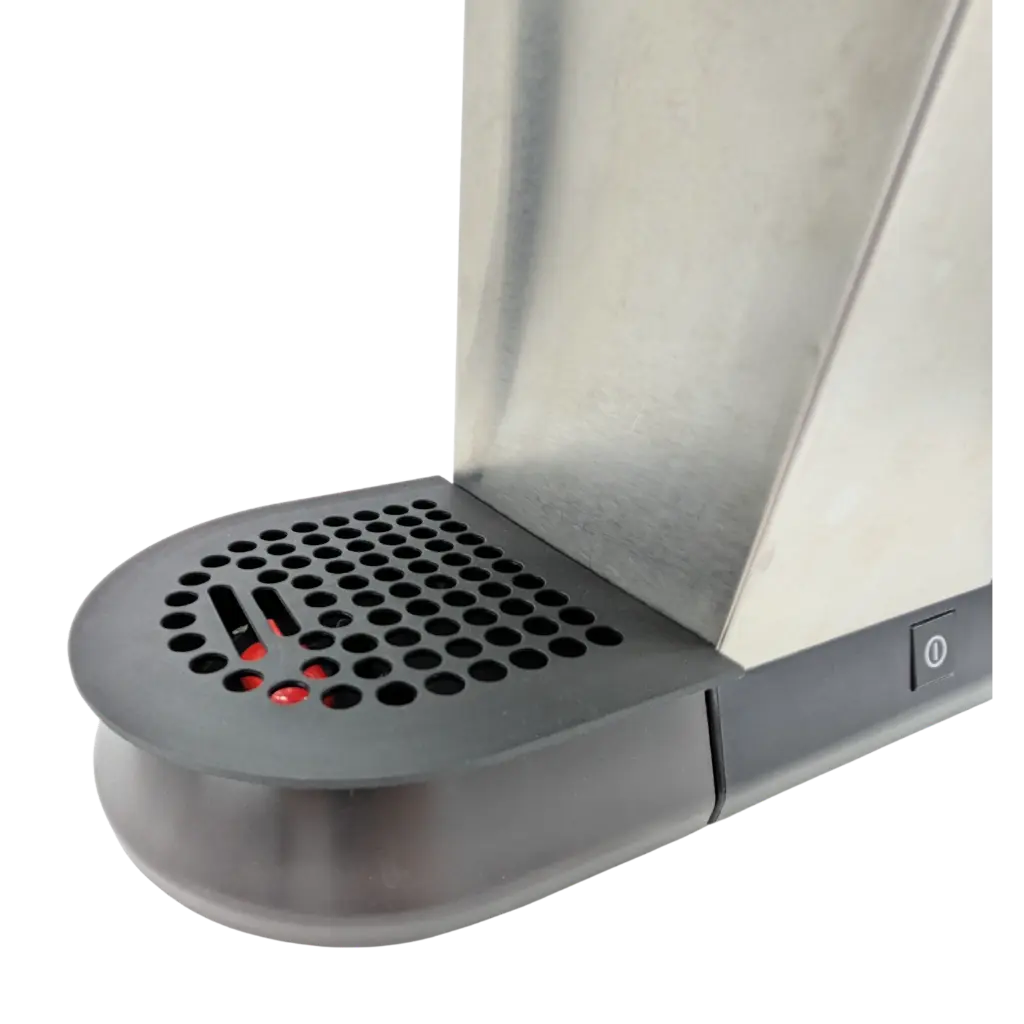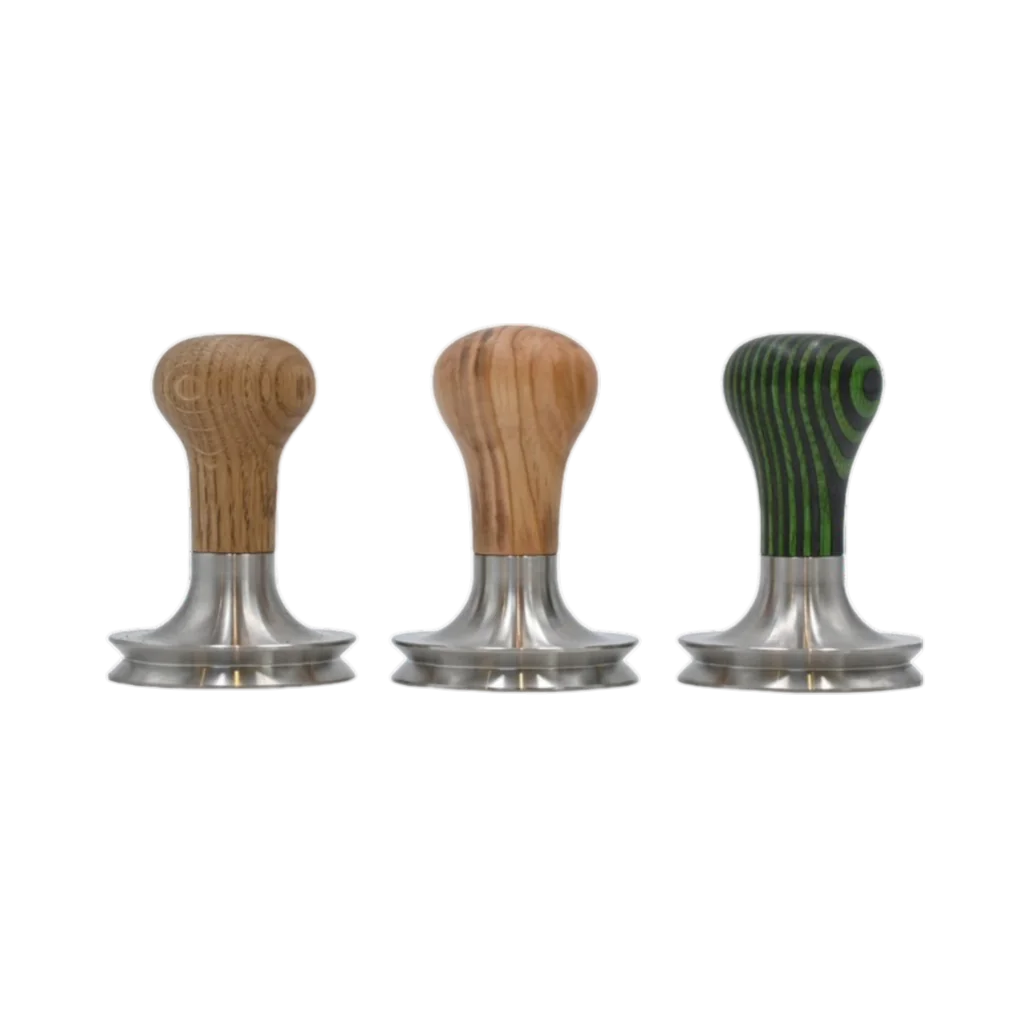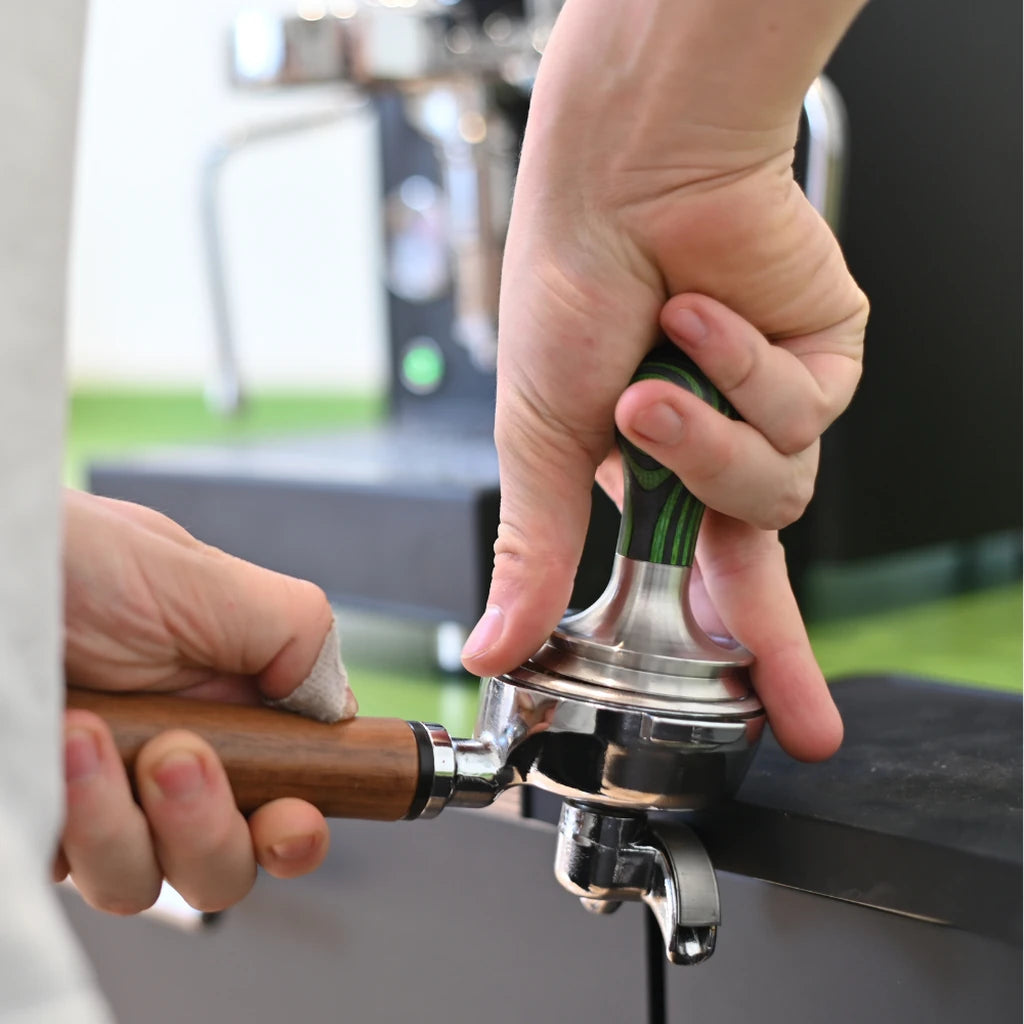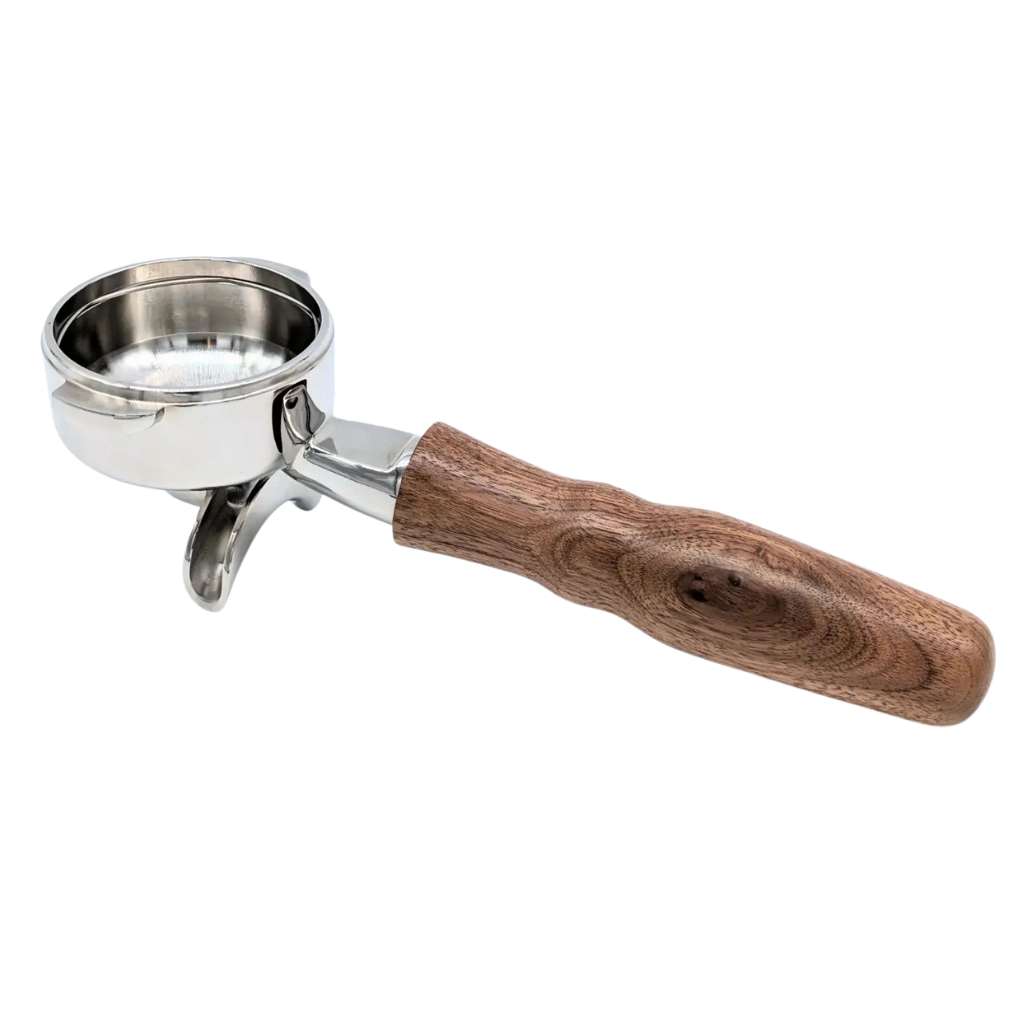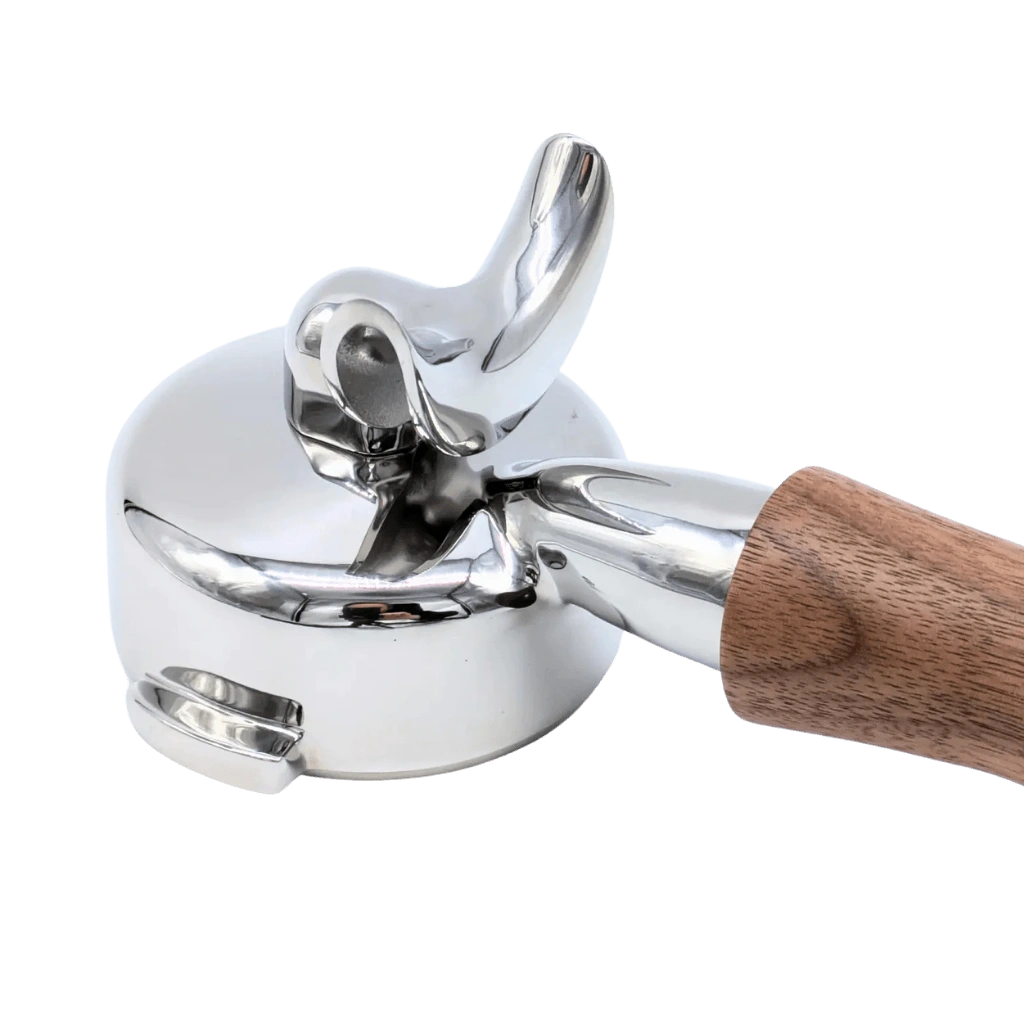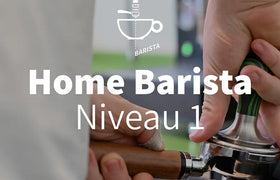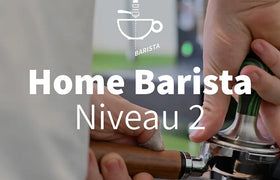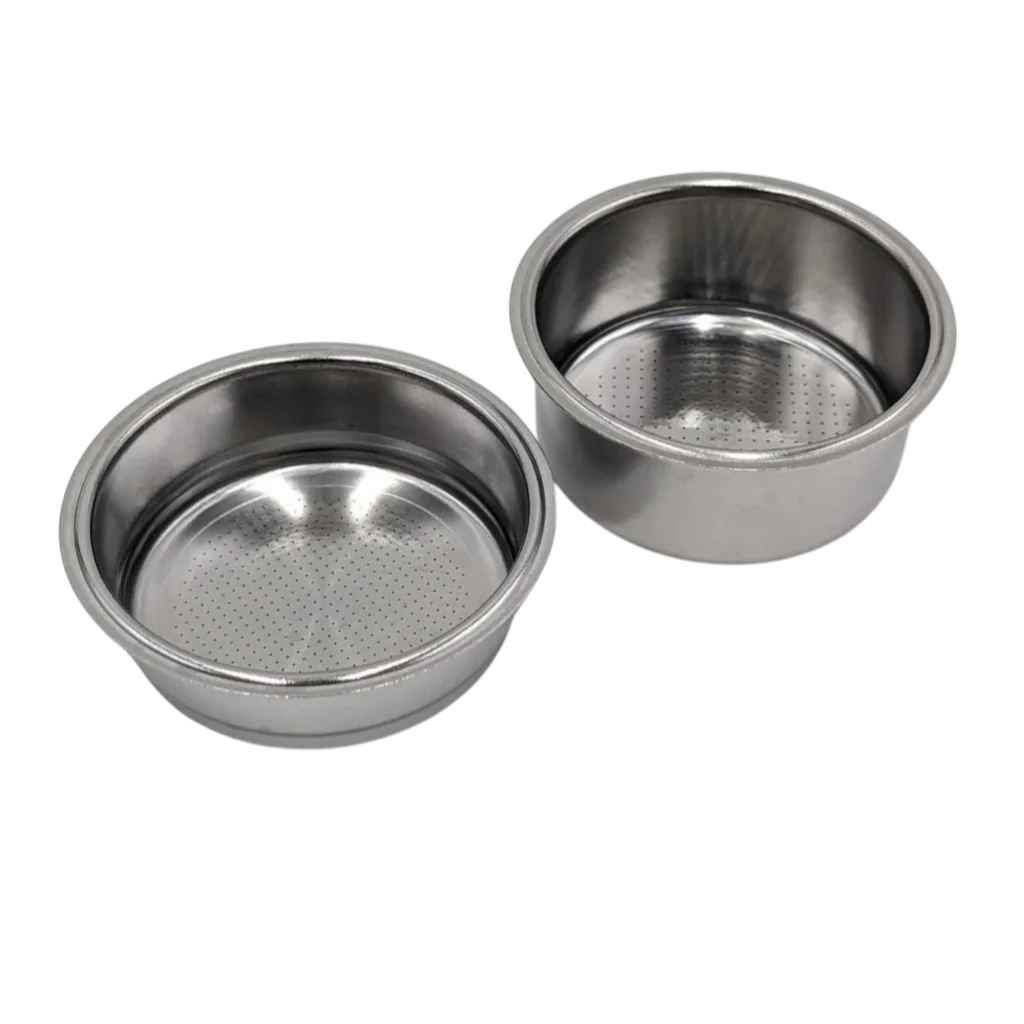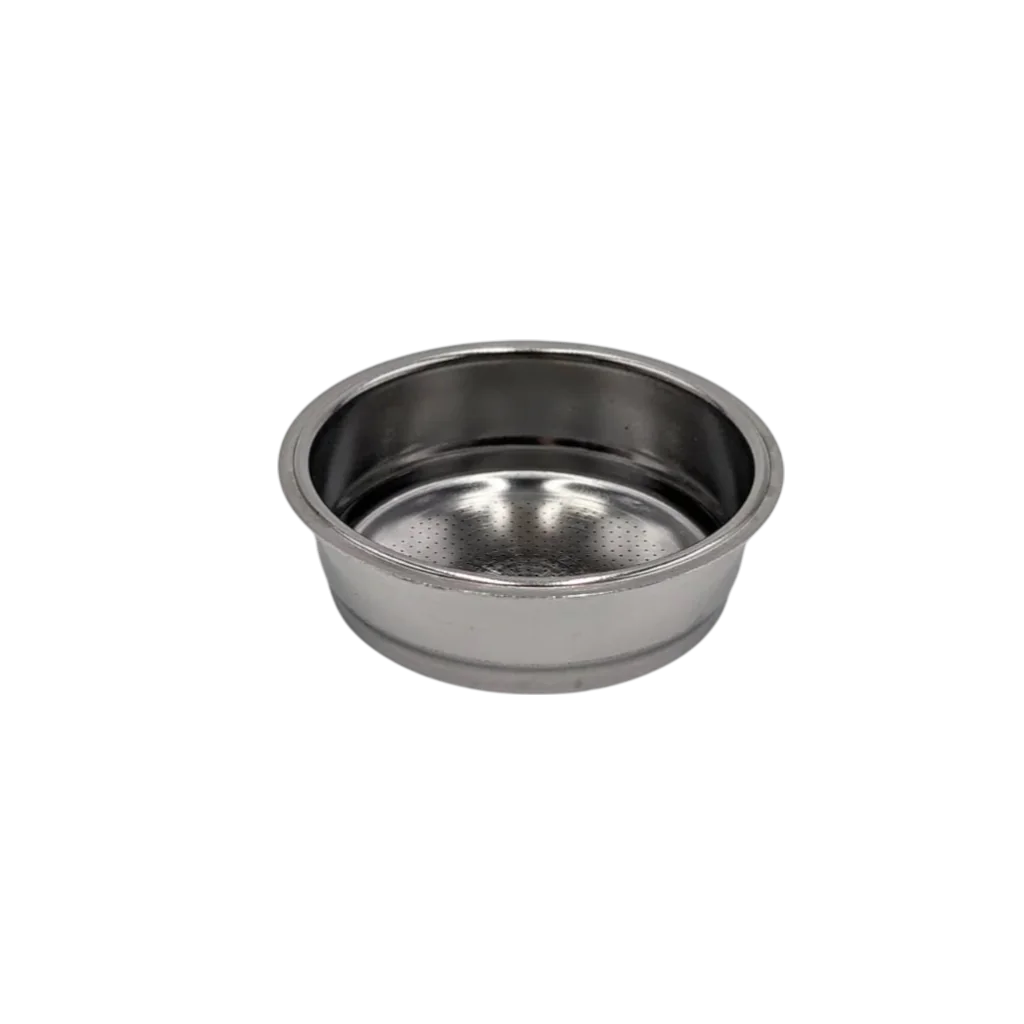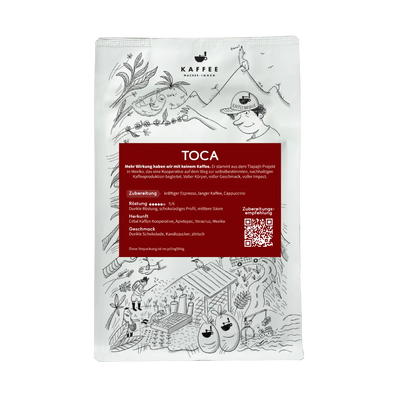Today, I greet the readers of the coop newspaper with a wry smile from the cover of the printed edition. You can also read a detailed article and watch some short video tips from Demian and me in the online edition . We're thrilled to be able to represent our favorite topic in such a large group.
The author of the article, Stefan Fehlmann, spent many hours with me at the academy, and together we delved into the depths of coffee. It was a lot of fun. Thanks for your interest and the insightful questions!
Lucia Hunziker, the photographer, captured the whole thing in brilliant pictures. Thank you Lucian!
An article is always a compilation of many topics, and not everything fits in the comprehensive coverage. That's why, for example, the brewing course is held over several days rather than a few hours. In that sense, an article is also a compromise. This article in the coop newspaper touched on many different topics.
However, I have one small comment to make, because the graphic shown for the drinks isn't entirely precise on a key issue for me. No, I'm not talking about the amount of foam added to heated milk. That's certainly something we can discuss.
Espresso is usually used for cappuccinos and latte macchiatos, as shown in the graphic in this article . This is correct. However, the ratio of total dissolved coffee particles (TDS) to water changes when milk is added. Assuming that cow's milk is approximately 87.5% water, along with carbohydrates, milk fat, protein, etc., the total proportion of total dissolved coffee particles relative to water and other new components of the beverage is naturally no longer 7-10% TDS. The milk can be seen as a "bypass" here, which changes the percentage ratio.
This can be calculated as follows:
(current coffee weight espresso x current strength espresso)/amount of total beverage (including bypassed milk/water) = final TDS of dissolved coffee particles in relation to the total volume of the beverage
Example: Espresso = 25 g, TDS % = 8, added milk volume = 130 ml
((25 g Espresso*8 (% TDS)/155 g Total Beverage Volume = 1.29 % TDS
So, in terms of strength, the cappuccino is nothing more than a filter coffee with a milk flavor. 🙂
If you want to consider the TDS of the milk or added water, the formula looks like this:
((current coffee weight espresso x current strength espresso) + (amount of liquid added (milk/water) * TDS milk/water))/amount of total beverage/100 = final TDS of dissolved coffee particles to total volume
By the way, "bypass" is a really exciting topic. It always involves a liquid that doesn't flow through the coffee during extraction, but is added afterward. This could be water, milk, or even liquor. But more on that another time. For now, we're looking forward to the article in the Coop newspaper.



